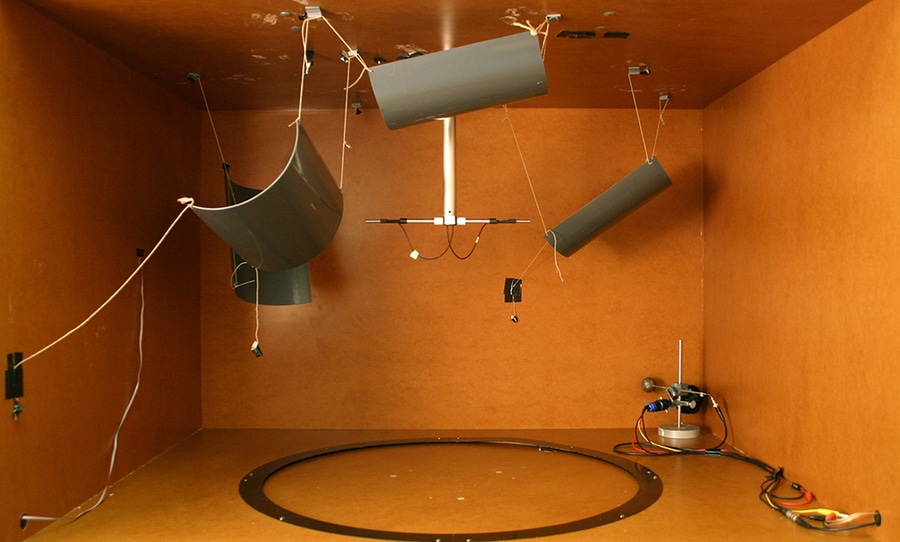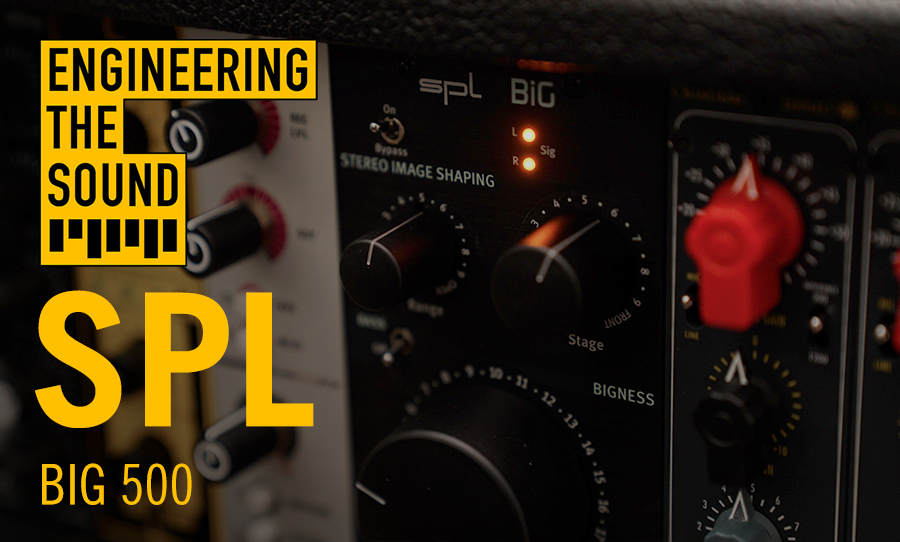Bridget Smallwood is an emerging sound engineer who is currently working as an intern and assistant engineer at Enmore Audio. We asked Bridget to share some of her experiences with recording and reported back with some reverb experiments, using unconventional tools and spaces.
Reverb is one of the most important tools for creating space and depth in music.
In essence, reverberation is the product of reflected sounds in any given chamber. Therefore, if the size of the chamber is altered, or the reflective materials (walls, carpets, curtains, glass etc) are modified, the nature of the reverb will change.
We take a brief look at using unconventional techniques, tools and spaces to experiment with creating the effect of natural reverb.
Bigger rooms have longer reverb lengths, smaller rooms shorter; hard surfaces like glass and concrete will sound more “live”, carpets and foam more “dead”. Usually this is reproduced digitally by using outboard effects in the mixing stage of the production. However, there are a couple of ways you can create natural reverb. This will help create a dreamy sonic atmosphere for your piece.
The first way involves using a tube, anything from a flute or a pipe on a marimba to a tin can or plastic pipe. Creating reverb with this method is as simple as putting a microphone inside your tube at one end and then playing or singing through the opposite end.
Generally this produces a more breathy kind of reverb. Cupping or tapping the end of the tube while holding the microphone is another technique worth trying to add a touch of a flanging effect.
Placing a bowl of water at the end of the tube or using a tin can produces more effects. The water in the bowl absorbs some of the sound and generates a more muffled tone. Using a tin can results in a tunnel sounding effect, which is quite different to instruments or pipes. This is effective because the tunnel sound combines the breathiness of the tube recordings, as well as the echoic qualities of recording in a large enclosed space.
The second way is to record in a large enclosed area where you can utilise the existing reverb inherent to the space. Think churches, auditoriums or an indoor pool/sports centre. These places are basically reverb goldmines because of the reflections that cavernous spaces offer.
If you’re in a space (such as a church) where fixtures restrict movement, it can be fun playing around in that environment. For a rich, resonant vibe it is generally best to direct the sound at a specific source (for instance a church altar), so the sound doesn’t reflect too much. Alternatively, recording in between the different parts within the space or hanging microphones in various areas can be a good way to get a more bouncy effect without too much redirection of sound.
So there you have it, two simple ways to naturally incorporate reverb into your track. Expensive reverb units or specifically designed chambers are not necessary to be innovative or creative in producing professional quality reverb when recording tracks. With some experimentation using materials or reshaping your environment you can produce reverb that can rival results you get in a professional recording studio.



